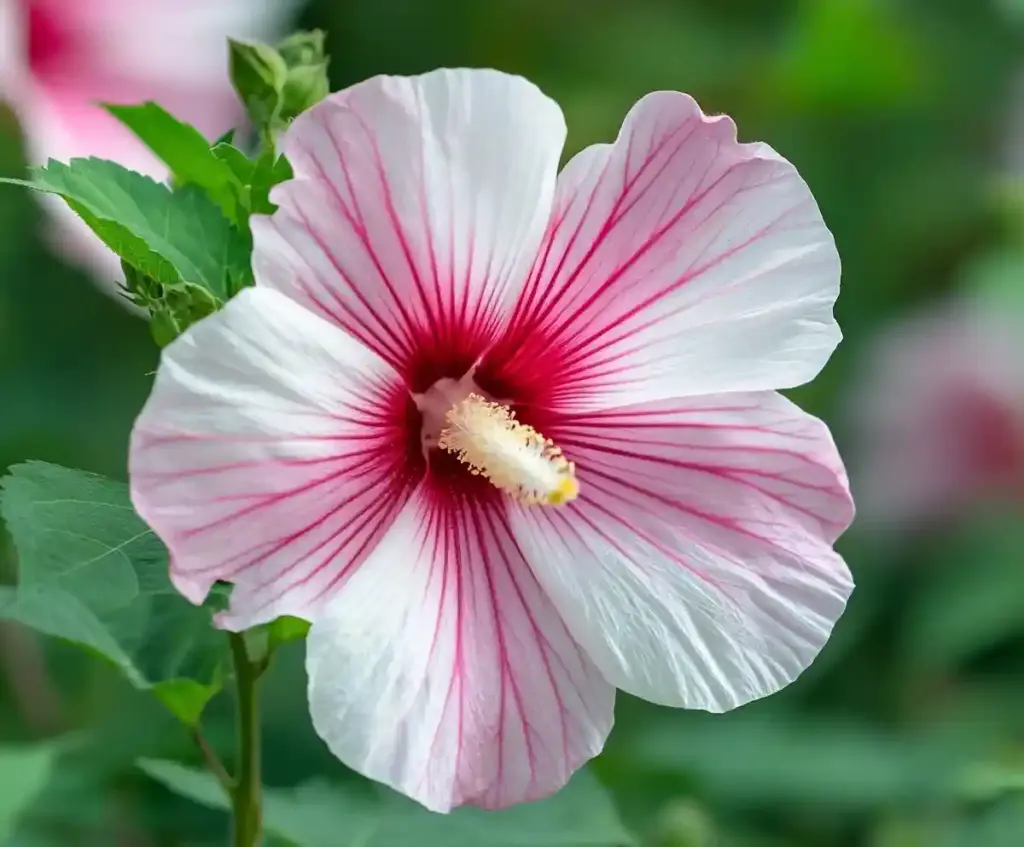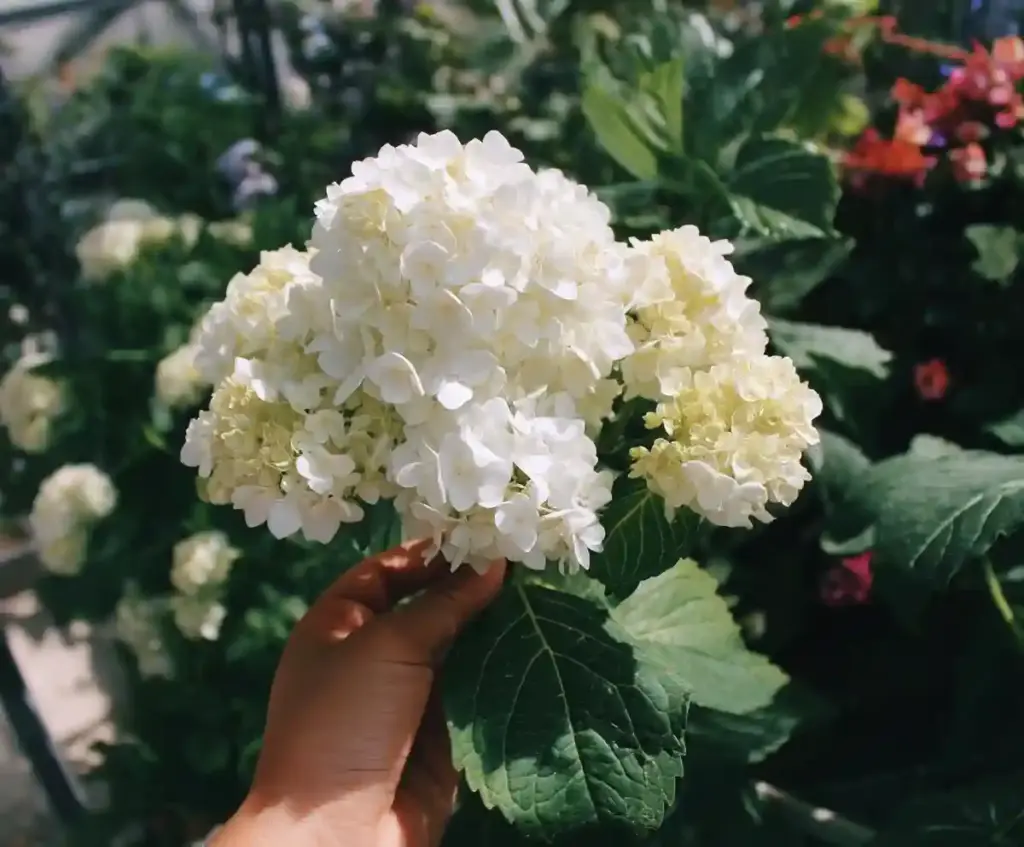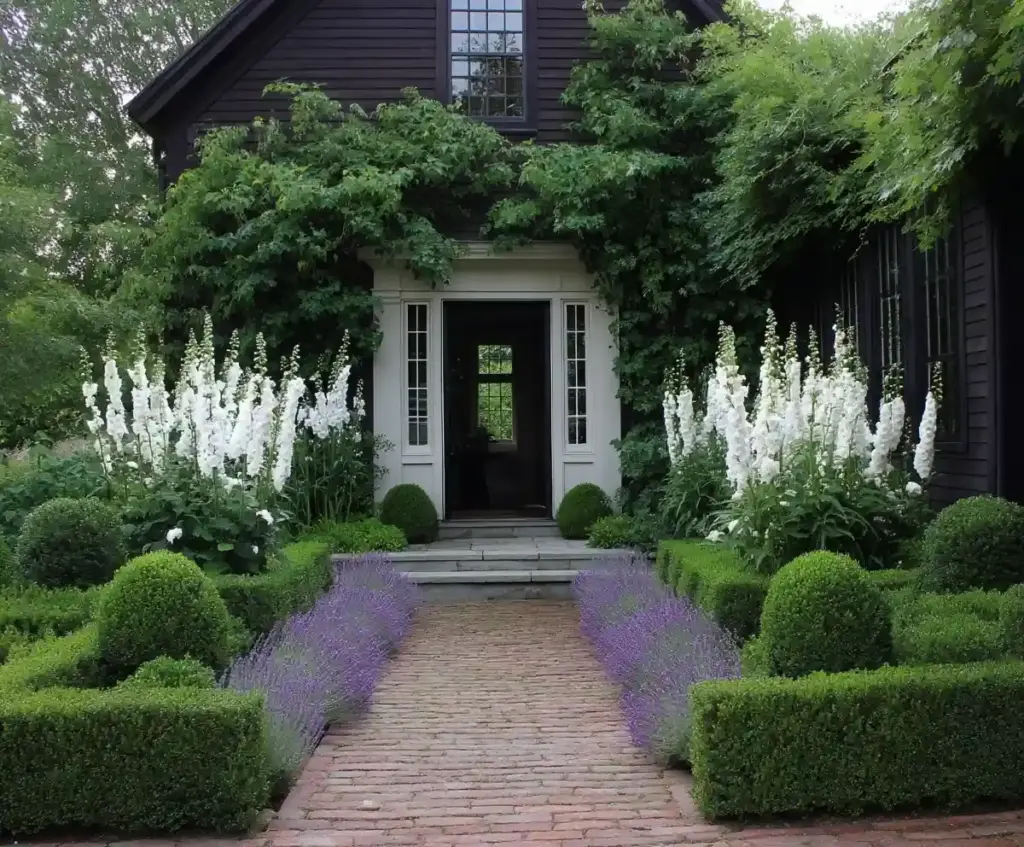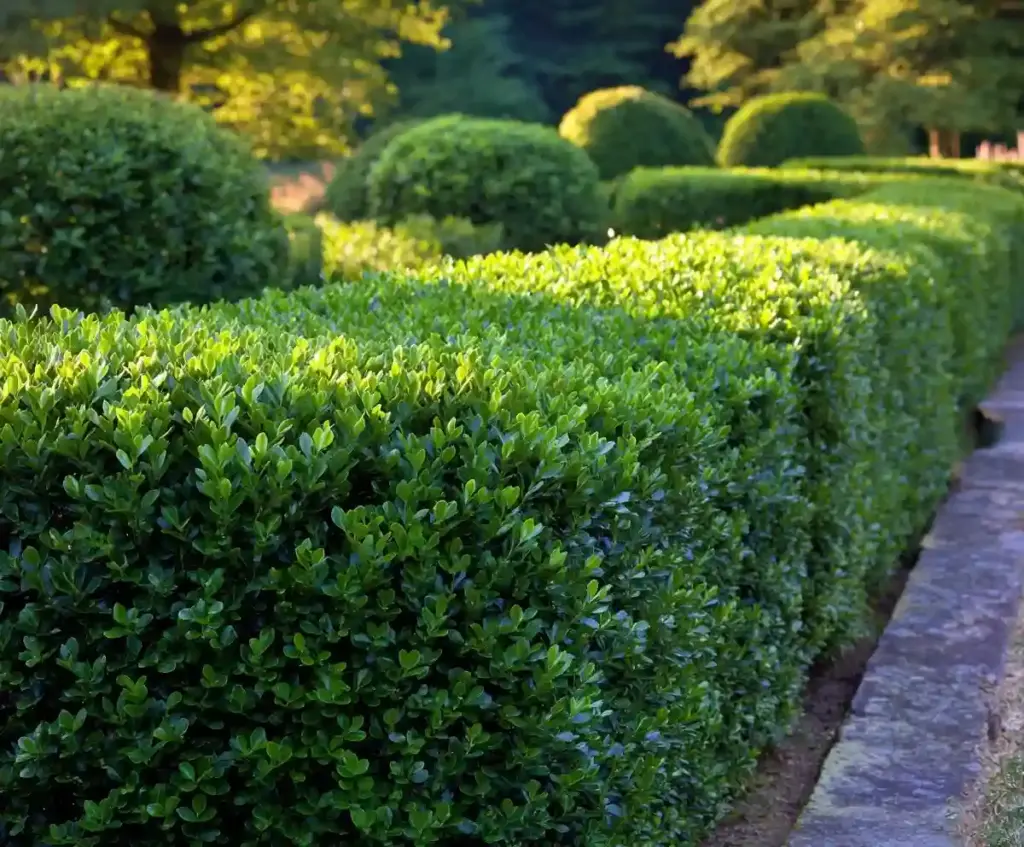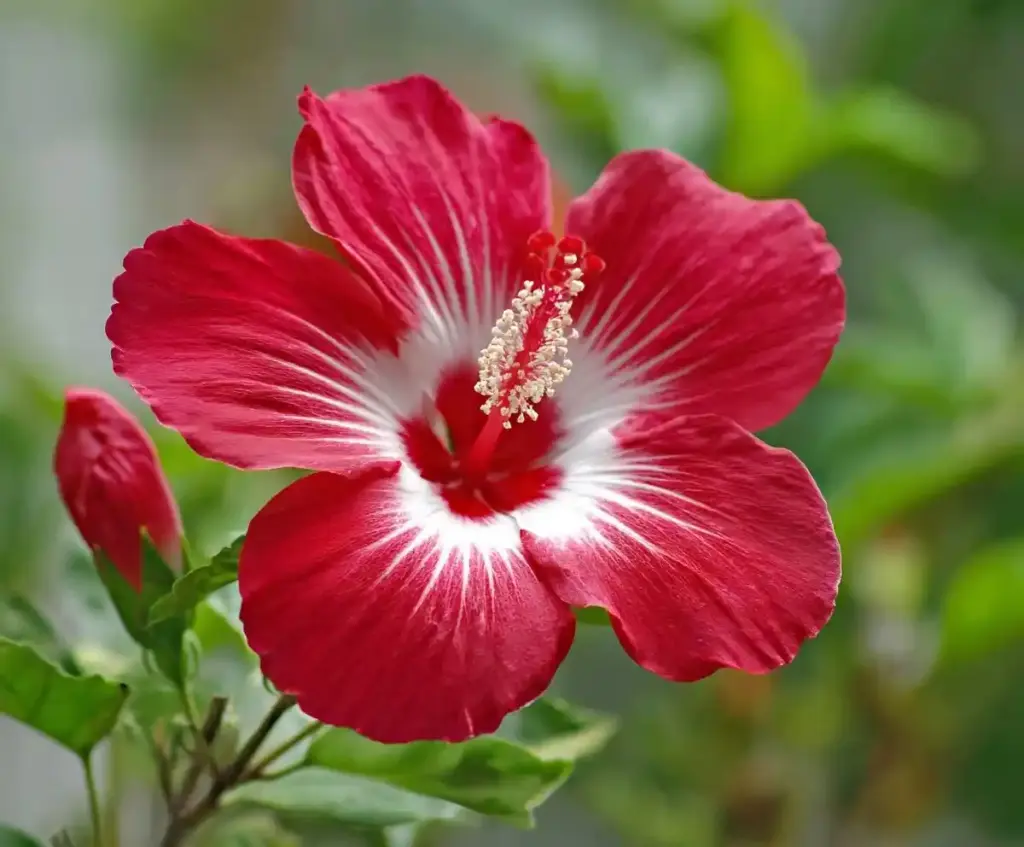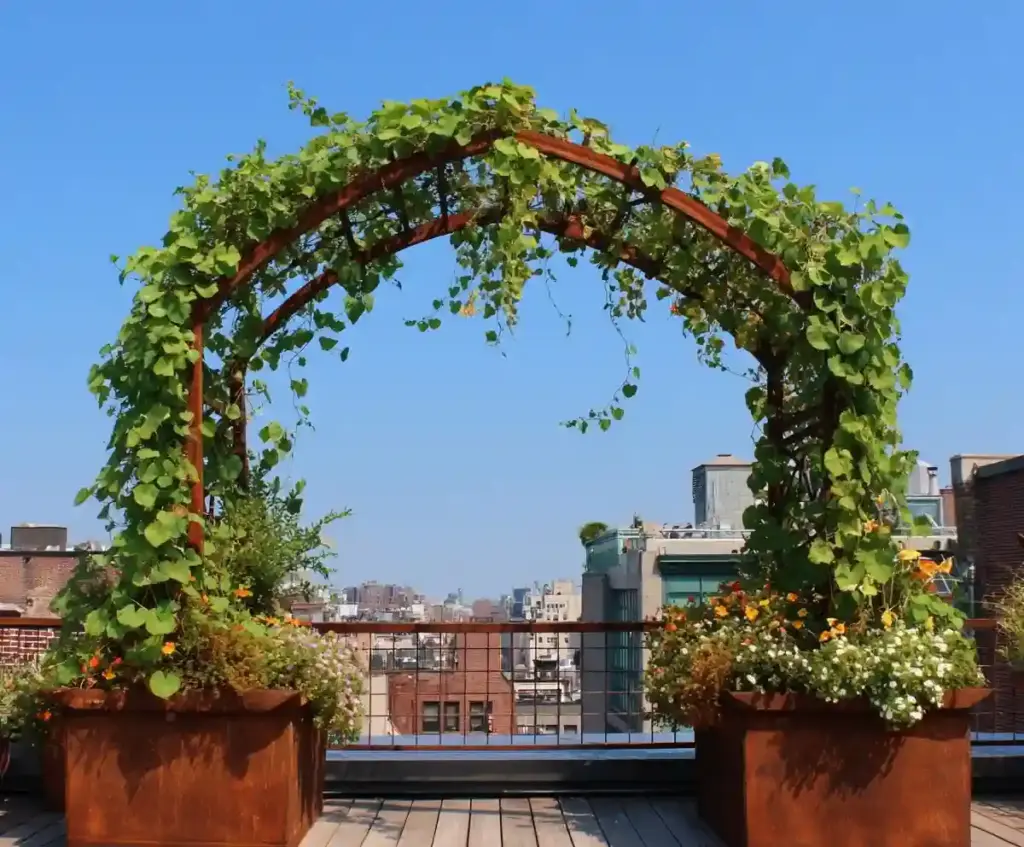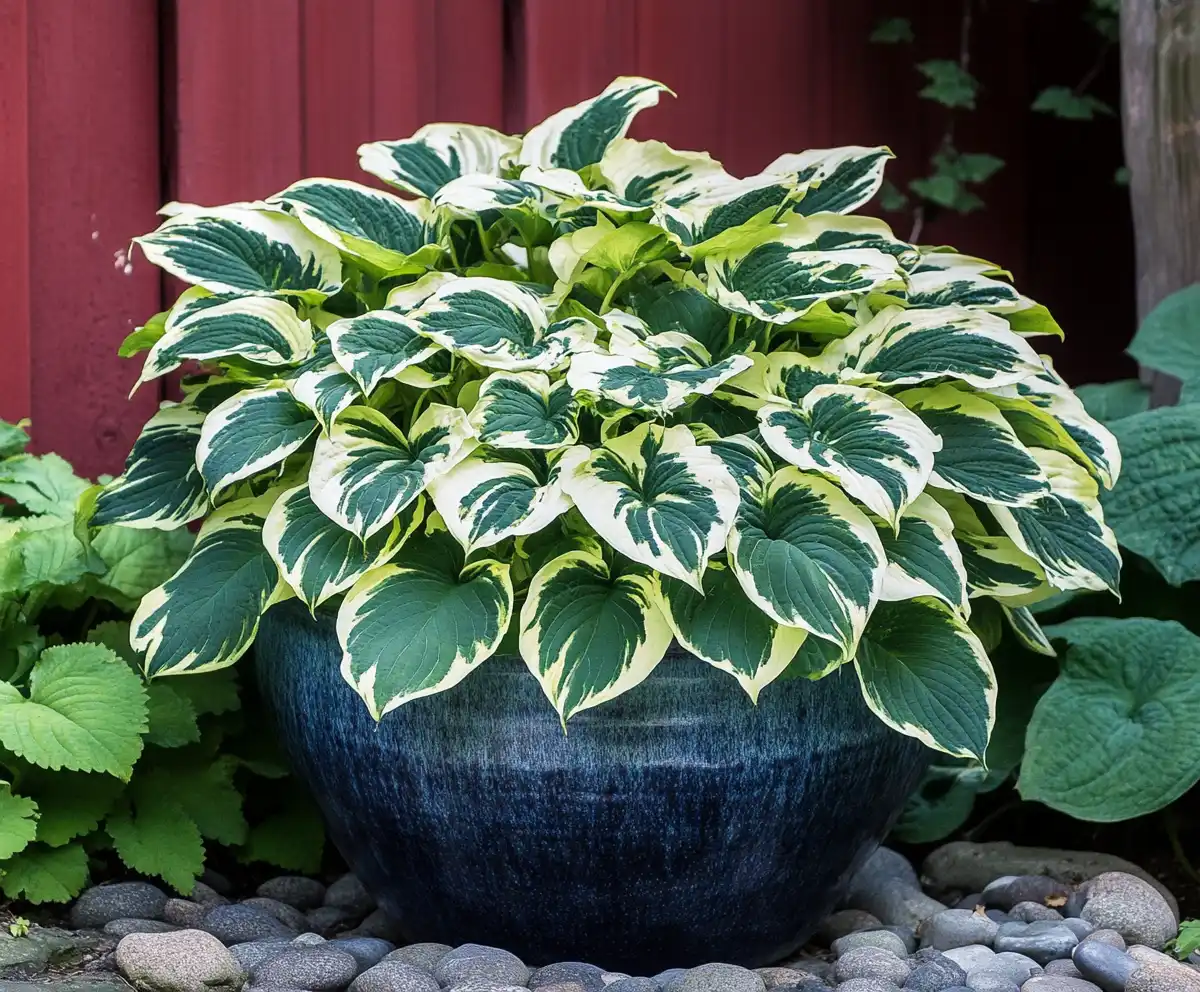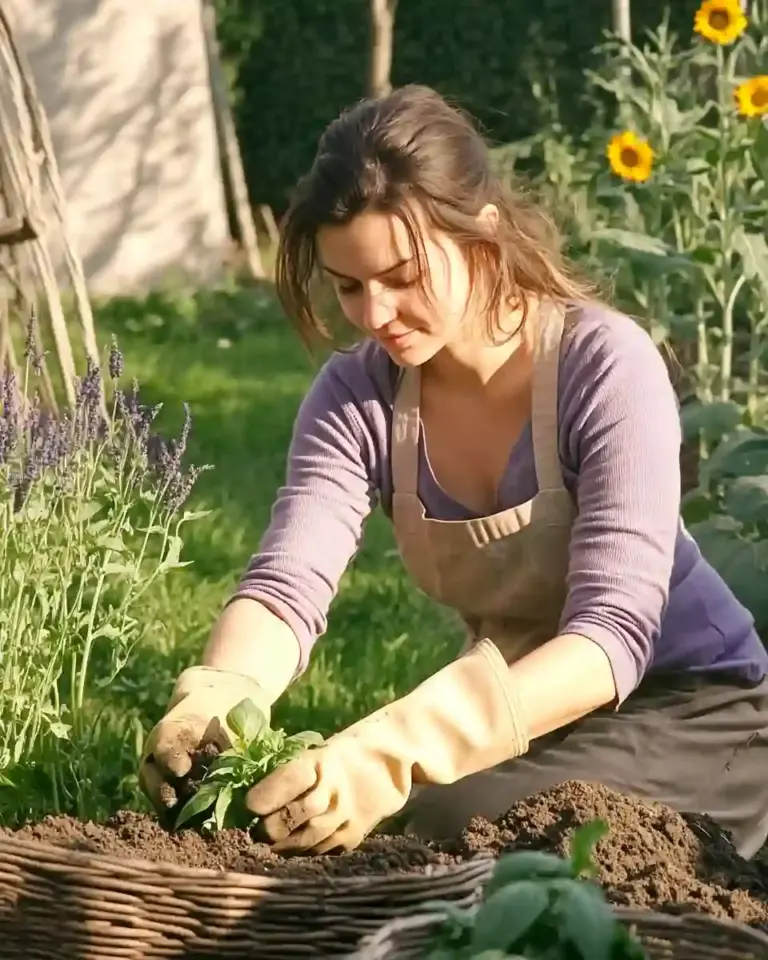Looking to add lush, leafy charm to your porch, patio, or shady garden corner? Hostas in containers are a stunning and strategic choice. These shade-loving perennials thrive in pots and bring vibrant texture, bold color, and elegant structure to areas where many plants struggle to perform. Whether you’re working with limited outdoor space, looking to control pests more effectively, or simply want the flexibility to rearrange your garden design, hostas in containers offer an easy, eye-catching solution.
Perfect for front porch flower pots or nestled beneath tall trees, hostas in containers make a big impact with minimal effort. With just a bit of guidance, even beginner gardeners can enjoy the beauty and versatility these potted plants provide. If you’re dreaming of a low-maintenance, high-reward plant that thrives in shade, hostas are your go-to — and our guide to outdoor potted plants offers even more ways to elevate your container garden.
Table of Contents
🪴 1. Choose the Right Container
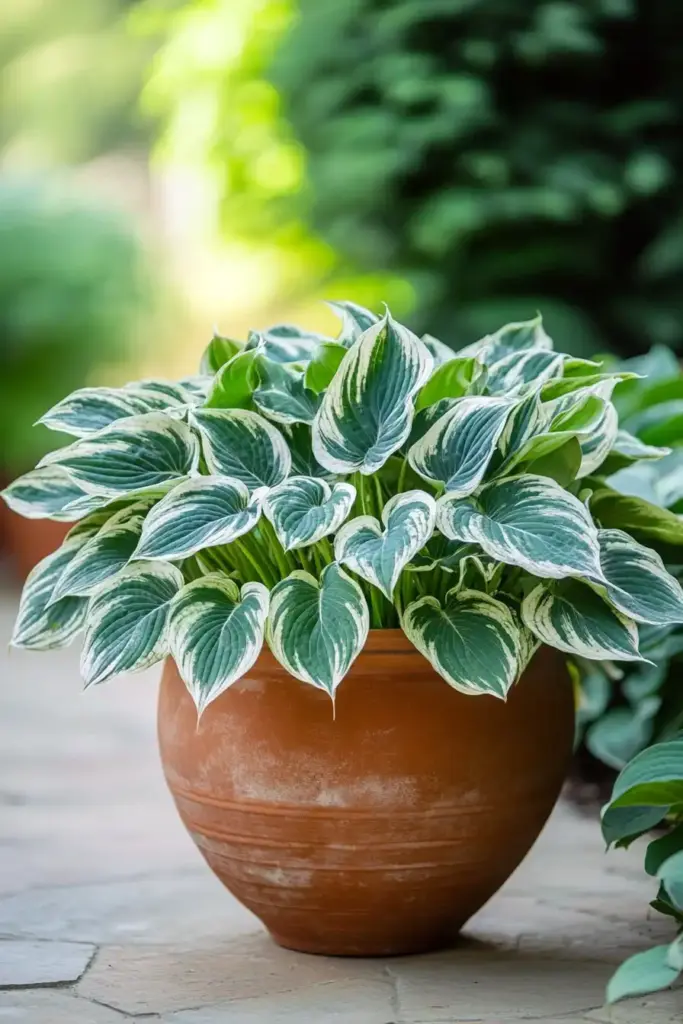
When growing hostas in containers, choosing the right pot is essential. While hostas are adaptable, your container choice directly affects their health, growth, and longevity.
📏 Sizing Matters
Start by selecting a hosta variety first — then match the pot to fit. Most hostas have shallow but wide-spreading roots, so opt for a container that is wider than it is deep. This supports natural root growth and minimizes the need for frequent repotting.
Pro tip: A good rule of thumb is to allow 2–3 inches of space between the root ball and the container’s edge.
❄️ Material Choices That Work
- Avoid black or metal containers — they retain too much heat and can overheat the roots.
- Best materials include:
- Glazed ceramic (won’t crack easily)
- Recycled plastic
- Lightweight fiberglass
- Pressure-treated wood
These materials insulate roots and withstand seasonal changes better than porous clay or cheap plastic.
💧 Don’t Forget Drainage
No matter what type of container you use, drainage holes are a must. Hostas don’t tolerate standing water, and soggy roots lead to rot. If the container lacks holes, consider drilling a few yourself or adding a gravel layer to improve water flow.
🌱 2. Use the Best Soil for Container Hostas
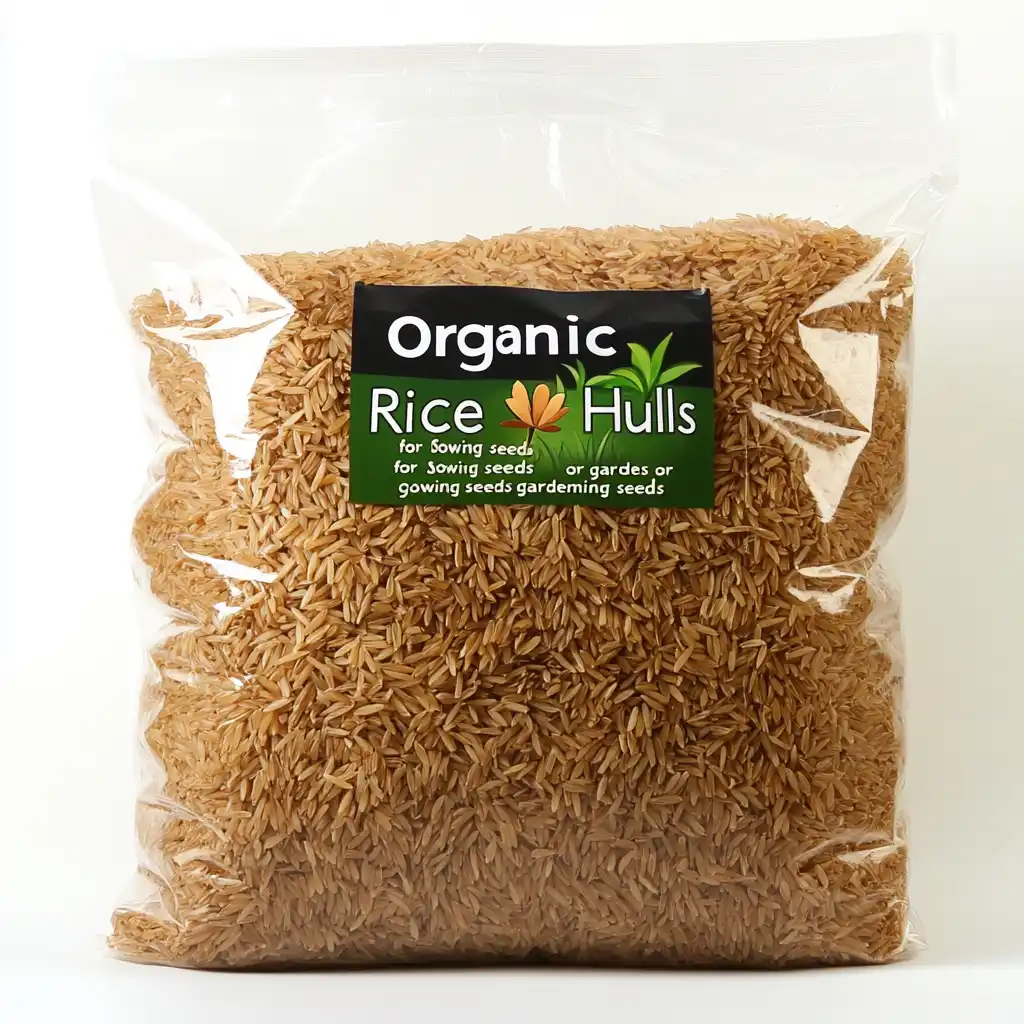
Getting the soil right is crucial for successfully growing hostas in containers. Unlike in-ground gardening, pots give you full control over the soil environment — which is a huge advantage.
🪴 What Hostas Prefer
Hostas thrive in loamy, well-draining, and moisture-retentive soil. The goal is to keep roots evenly moist without waterlogging them. A standard high-quality potting mix is a great starting point, but enhancing it can go a long way.
🧪 Ideal Soil Mix
Here’s a soil blend tailored for hostas in pots:
- 60% organic potting mix
- 20% rice hulls (eco-friendly alternative to perlite) or peat moss
- 20% compost or well-aged manure for nutrients
Rice hulls are lightweight, improve aeration, and hold moisture without becoming soggy — making them perfect for container growing.
🍂 Mulch for Moisture Control
After planting, apply a thin layer of natural mulch on top of the soil. This helps retain moisture, regulate temperature, and suppress weeds. Choose from:
- Shredded straw
- Coffee hulls
- Pea gravel
💧 Pro Tip: Monitor Moisture Levels
Because containers dry out faster than garden beds, especially in summer, it’s essential to check soil moisture regularly. Stick your finger into the top inch of soil — if it feels dry, it’s time to water. Consistency is key for healthy, vibrant foliage.
💧 3. How to Grow Hostas in Containers
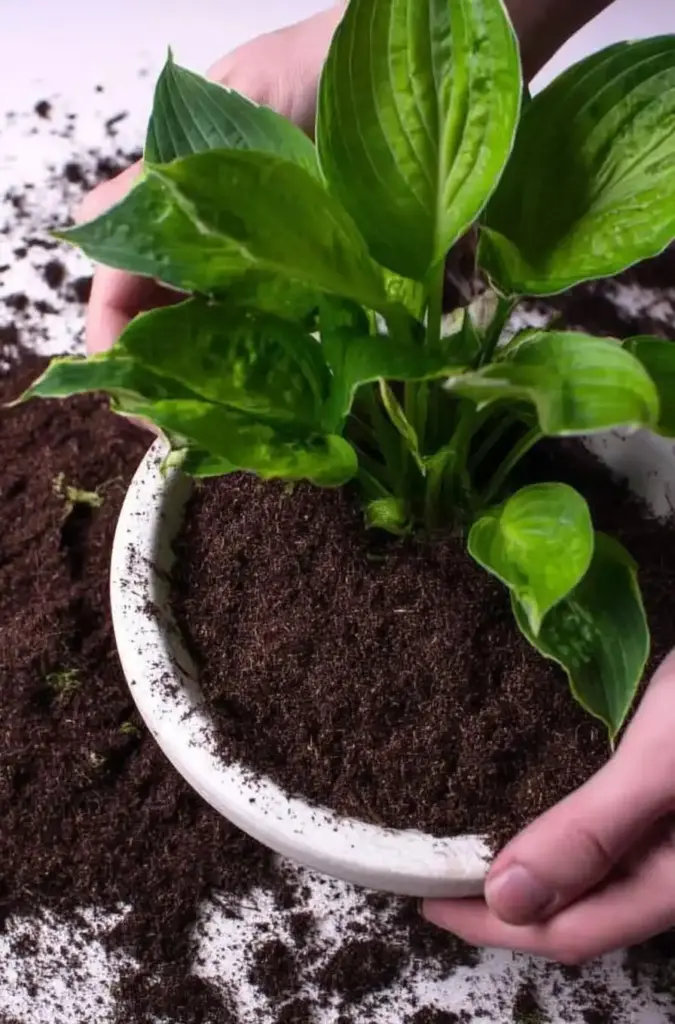
Once you’ve got the right container and soil in place, the real fun begins: nurturing your hostas in containers through the seasons. These hardy plants are relatively low-maintenance, but they do have a few unique needs when grown in pots.
☀️ Light and Placement
Hostas are shade-tolerant, but that doesn’t mean complete darkness. For best results:
- Place pots in partial to full shade — morning sun with afternoon shade is ideal.
- In hot climates, avoid all-day sun as it can scorch the leaves.
- Varieties with lighter or variegated foliage often appreciate a bit more light.
Consider rotating containers occasionally to ensure even growth and prevent leaning.
💦 Watering Wisely
Hostas in containers dry out more quickly than those planted in the ground, especially during summer. Here’s how to keep them hydrated and happy:
- Water deeply when the top inch of soil feels dry.
- Avoid wetting the foliage — always water at the base.
- During hot spells, daily watering may be necessary.
- For extra ease, install drip irrigation or a self-watering pot system.
🐌 Dealing with Slugs and Pests
One myth about container hostas is that they’re safe from slugs. Unfortunately, that’s not entirely true — slugs will still climb the pots to snack on your plants.
Pest prevention tips:
- Use slug traps, copper tape, or diatomaceous earth around the pot base.
- Regularly inspect foliage for holes or slime trails.
- The good news: voles, which often eat hosta roots, can’t reach them in containers.
🛠 4. Maintain Your Plants
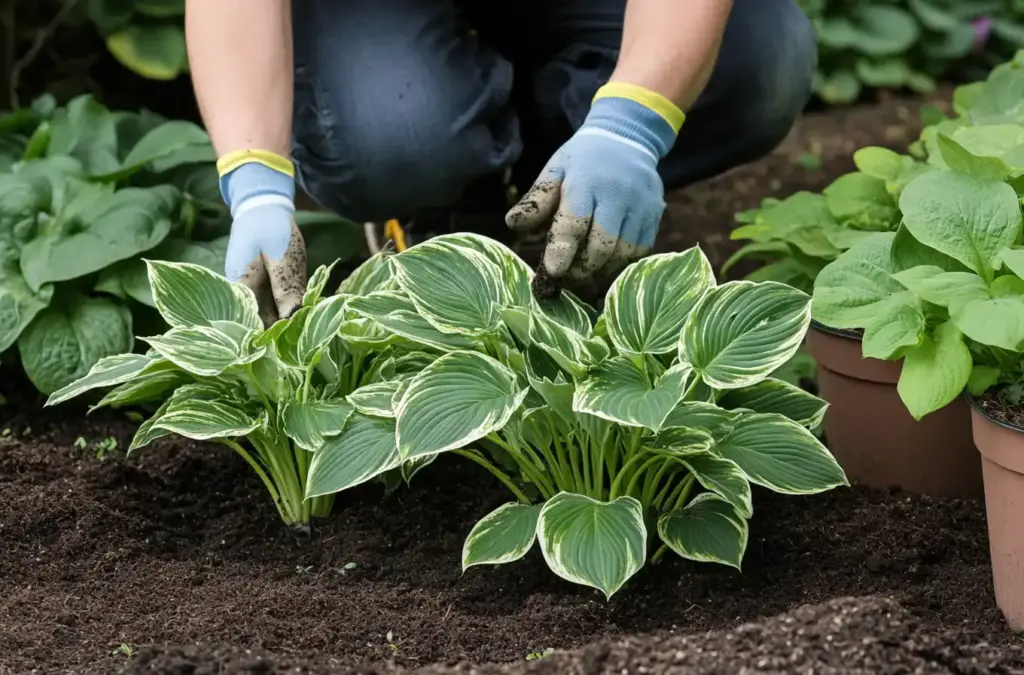
Keeping your hostas in containers looking lush year-round requires some seasonal attention. Because potted plants have limited access to natural soil nutrients and root expansion, they rely on your care a bit more than their in-ground counterparts.
🌱 When to Repot or Divide
Over time, hosta roots will fill the container, signaling it’s time to repot or divide. Look for these signs:
- Roots circling the top of the soil or poking out of drainage holes
- The plant becomes rootbound or the pot feels crowded
- Declining leaf size or fewer new shoots
Repot every 2–3 years, or sooner if the plant shows signs of stress. When dividing:
- Remove the plant and gently shake off excess soil.
- Use a clean, sharp knife or pruning shears to slice the root ball into halves or thirds.
- Repot each section into fresh soil and water thoroughly.
🌿 Fertilize for Growth
Unlike in-ground hostas that pull nutrients from surrounding soil, container-grown hostas need regular feeding.
- Use a balanced, slow-release fertilizer (like 10-10-10) in early spring.
- Alternatively, apply water-soluble fertilizer every 2–3 weeks during the growing season.
- Avoid over-fertilizing — this can lead to leaf burn and nutrient imbalances.
Popular choice: Proven Winners Premium Water Soluble Plant Food (apply at soil level to avoid leaf damage).
🍁 Fall Cleanup and Winter Protection
As temperatures drop, hostas naturally die back. Here’s how to help them through the transition:
- Trim yellowing foliage down to the base in late fall.
- Do not bring them indoors into a heated environment — they need cold dormancy below 40°F.
- Overwinter options:
- Place the pot in an unheated garage, shed, or sheltered area.
- Cover with pine boughs or straw mulch outdoors if left in the garden.
- Water sparingly during dormancy — only when the soil is completely dry.
Tip: Choose cultivars that are hardy to one USDA zone colder than your area for stress-free overwintering.
🌼 5. Best Uses for Container Hostas
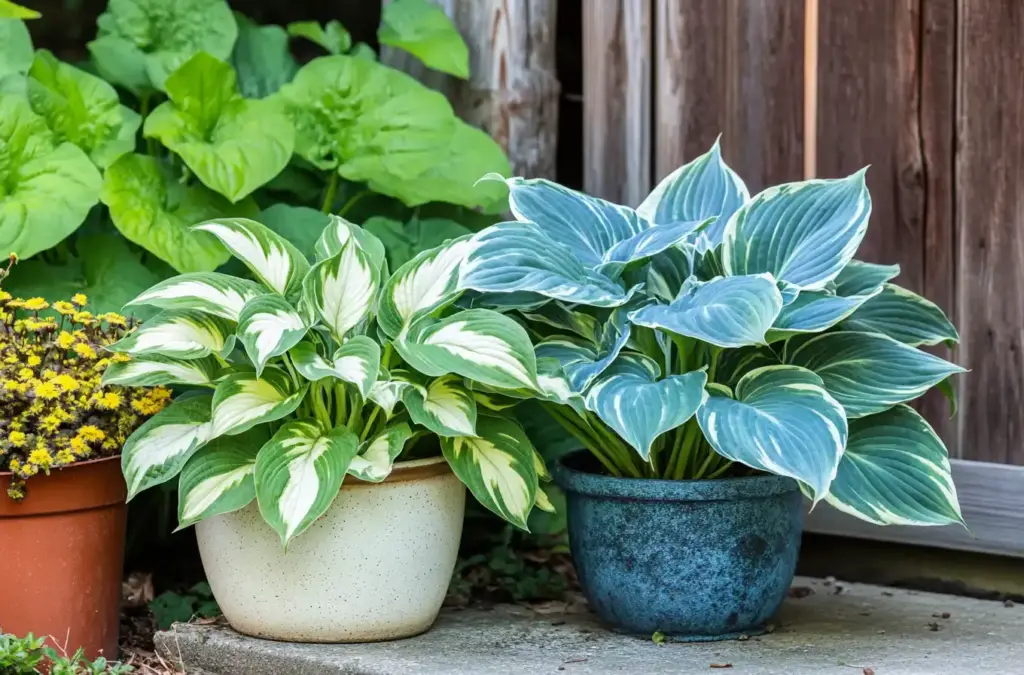
Container gardening isn’t just practical — it’s also a chance to get artistic. Whether you’re decorating a shady porch or styling a woodland border, hostas in containers offer versatility, structure, and color contrast in every setting.
🏡 Patio, Porch, and Entryway Accents
Hostas are an elegant choice for softening hardscapes and adding texture to:
- Front porches and shaded doorways
- Decks, patios, and courtyards
- Entryways flanked by large pots or urns
Use multiple hosta varieties in staggered containers for a layered, tiered effect. Bonus: Variegated and flowering types add visual interest without the need for constant deadheading.
🧱 Elevate Shady Garden Beds
Shady garden spots under trees often lack height and color — two things potted hostas provide easily:
- Place containers under trees where in-ground planting is difficult
- Use hostas to add height in dense perennial beds
- Cluster pots together to form a focal point in a shaded area
Tip: Pair blue-leaved varieties with gold or white types for striking contrast.
🎨 Get Creative with Mini Hostas
Miniature hostas are perfect for whimsical containers and small-space gardening:
- Mugs, teapots, and ceramic bowls (with drilled drainage holes)
- Old toolboxes, wagons, or birdhouses
- Rock gardens or tabletop displays
These petite plants are also great for moving around with the seasons — just shift them into place as your garden evolves.
🌿 6. Recommended Container-Friendly Cultivars
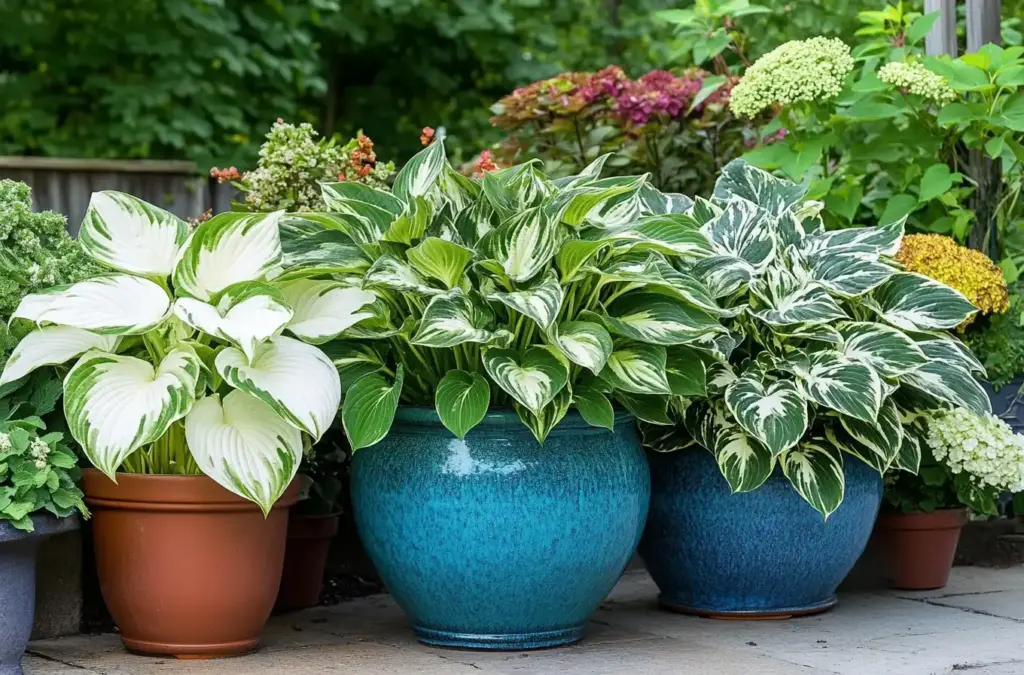
When selecting hostas for container growing, it’s important to consider the size and growth habit of each variety. While any hosta can technically grow in a pot, some are naturally better suited to the confined space and limited resources of container life.
Here are some top picks based on size:
🐭 Miniature Hostas (Perfect for small pots, quirky containers, or tabletop gardens)
- ‘Blue Mouse Ears’ – A fan favorite with rounded, blue-green leaves resembling mouse ears. Grows to about 8 inches tall.
- ‘Coconut Custard’ – Compact with creamy-yellow leaves and purple stems. Adds color contrast in shady spots.
- ‘Mini Mouse’ – A smaller cousin of ‘Blue Mouse Ears’, with similar charm in a micro-sized form.
- ‘Itsy Bitsy Spider’ – Thin, pointed leaves give this mini hosta a delicate, almost grass-like texture.
🌿 Compact Hostas (Ideal for medium-sized pots or grouped arrangements)
- ‘Loyalist’ – Bold dark green leaves with creamy-white centers. Striking and upright.
- ‘White Feather’ – Known for its eye-catching white foliage that gradually turns light green — perfect for a dramatic accent.
- ‘Little Treasure’ – Offers variegated leaves and petite size, great for decorative planters.
🌳 Medium Hostas (Best for statement containers on patios or as garden focal points)
- Shadowland ‘Hudson Bay’ – A colorful choice with blue-green leaves and a bright cream center stripe. Reaches about 24″ tall in pots.
- ‘Carolyn’s Gold’ – Golden foliage that pops in shade, with a low, spreading habit.
- ‘Rock Princess’ – Textured leaves and a tidy form — great for rock gardens or formal displays.
🌿 Design Tip: Combine hostas with trailing plants (like creeping jenny or ivy) or flowering shade companions (like impatiens or begonias) for a multi-layered container garden.
❓ Frequently Asked Questions About Hostas in Containers
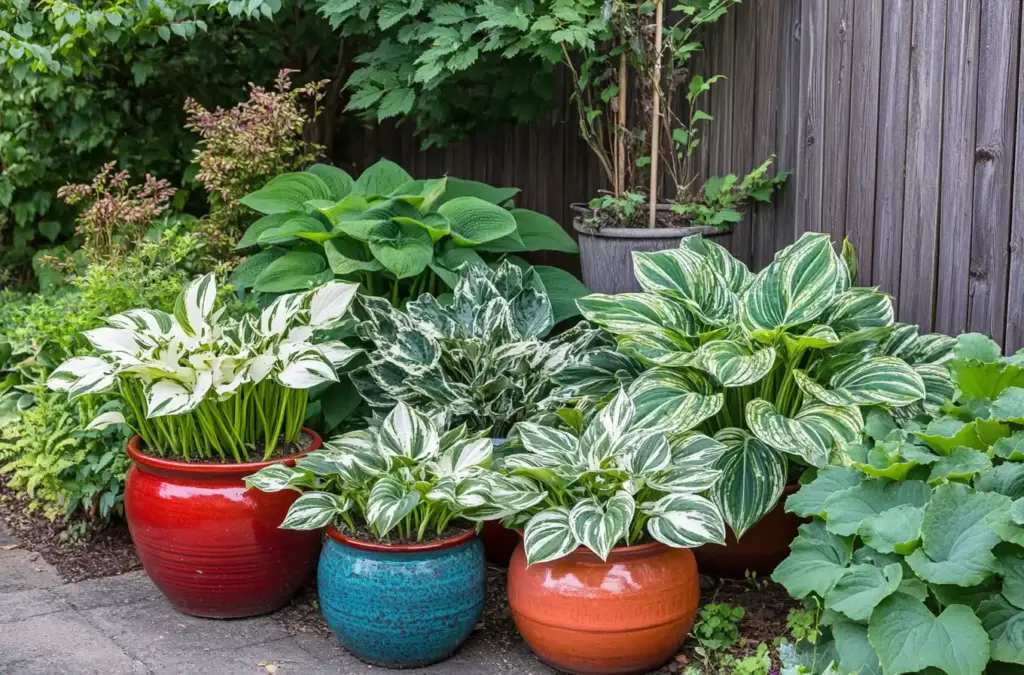
1. Can hostas live in pots year-round?
Yes, hostas can live in containers year-round, even through winter. Just be sure they’re in a cold-hardy container with good drainage and kept in a sheltered spot during the dormant season. Don’t bring them indoors into heated rooms — they need a cold period to rest.
2. How often should I water hostas in containers?
Water whenever the top inch of soil feels dry — usually every 2–3 days in hot weather. During cooler months, reduce watering. Consistent moisture is key, but avoid soggy soil.
3. Do hostas need full sun or shade in pots?
Partial to full shade is ideal. Hostas prefer morning sun with afternoon shade. Too much direct sun, especially in hot climates, can scorch the leaves.
4. What size pot do I need for a hosta?
Choose a pot that’s at least 2–3 inches wider than the root ball of your hosta. For mature plants, go with a container that allows horizontal root growth — hostas have wide but shallow root systems.
5. How do I overwinter hostas in containers?
Move pots to an unheated garage, shed, or protected spot outside. Water only when soil is dry. If your hosta is hardy to a zone lower than yours, you can leave it outside with mulch protection.
6. Do hostas attract slugs in pots?
Unfortunately, yes. Slugs can still reach container-grown hostas. Use barriers like copper tape, diatomaceous earth, or natural slug repellents to keep them at bay.
7. What’s the best fertilizer for hostas in containers?
Use a balanced slow-release fertilizer in spring or a water-soluble fertilizer every 2–3 weeks during the growing season. Look for a 10-10-10 or similar formula designed for containers.
🌟 Conclusion
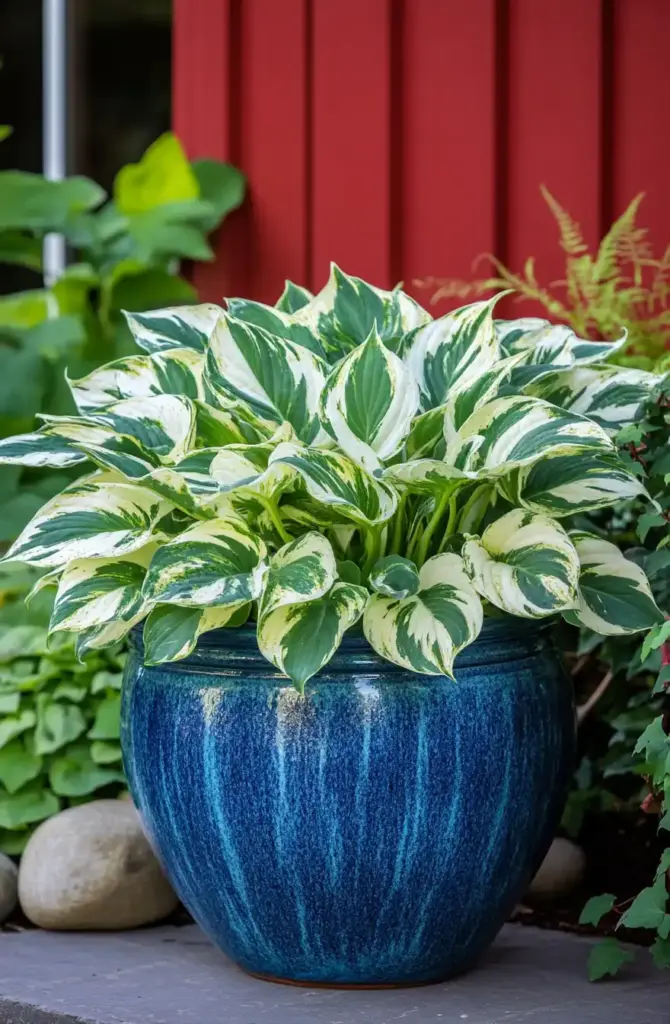
Growing hostas in containers is a rewarding and versatile way to add sculptural, leafy beauty to patios, porches, and shady garden corners. With the right container, soil mix, and seasonal care, your potted hostas will flourish year after year — offering design flexibility you simply can’t achieve with in-ground plants.
Whether you’re elevating a flower bed, creating a shady focal point, or showcasing a miniature hosta in a teacup, container gardening with hostas opens up countless creative possibilities. You can even incorporate them into front porch flower pots or pair them with other low-maintenance outdoor potted plants for a cohesive look.
Ready to dive in? Pick your favorite cultivar, pot it up, and experience the lush, calming beauty of hostas in containers — no matter the size or style of your garden.
🌿 Love gardening inspiration? Follow me on Pinterest for bold plant ideas, tips, and seasonal color!
More Posts
